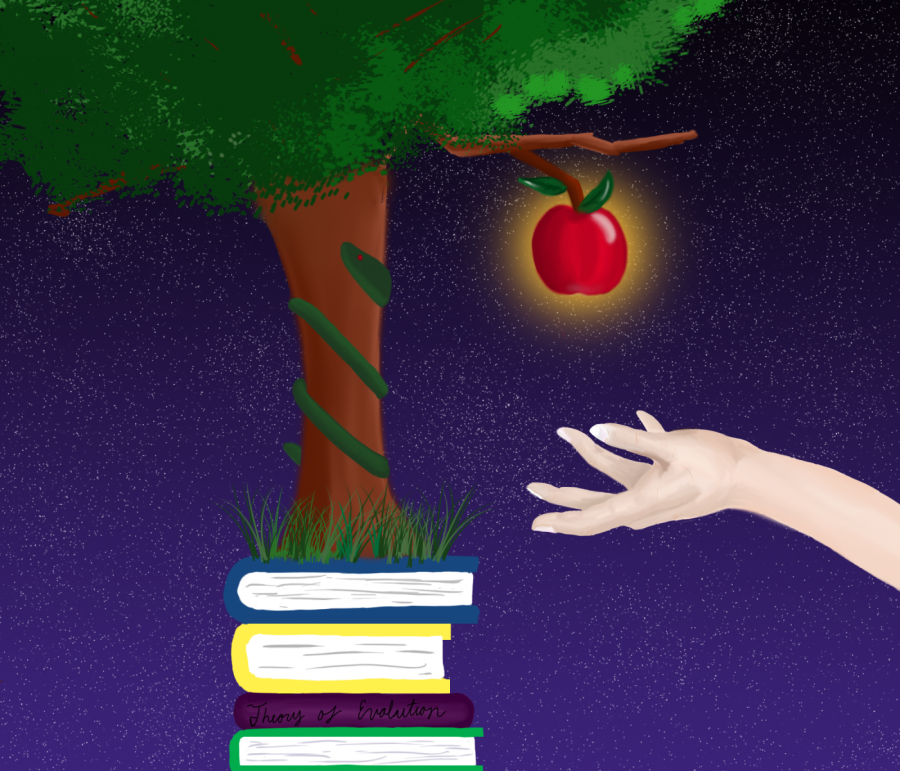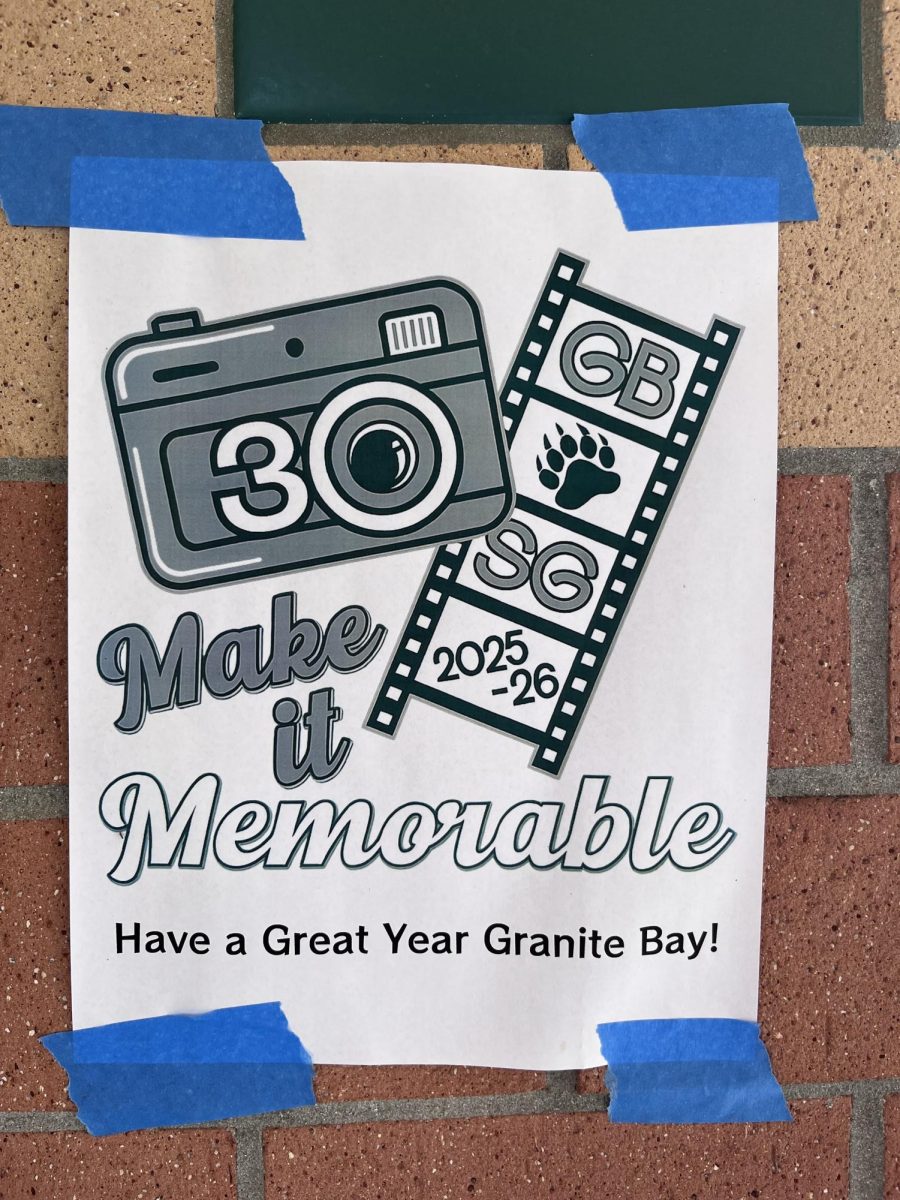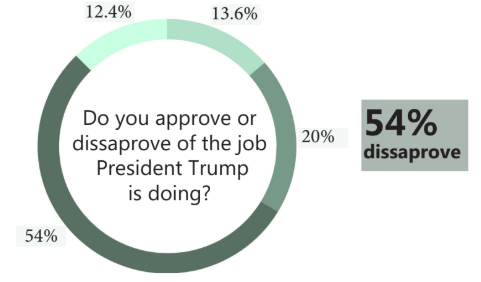Religious sentiments are seldom exhibited, yet still a presence, in public education – the most commonly discussed controversies are the Pledge of Allegiance, the Creationism versus Evolution debate in science classes and certain sensitive subjects in sexual education classes.
In recent times, there have been many court cases surrounding the dispute, including the Skoros v. Klein case which protested the display of religious symbols (such as a menorah, and the star and crescent) during the holidays in schools and the Citizens for a Responsible Curriculum v. Montgomery County Public Schools which challenged the health education curriculum for discussion of sexual orientation.
A more subtle presentation of religion occurs in the form of allusions. Several required works read in Granite Bay High School English classes feature overt religious themes, including William Golding’s novel Lord of the Flies, Anne Bradstreet’s poem Upon the Burning of Our House, Sue Monk Kidd’s novel The Secret Life of Bees, and William Shakespeare’s Hamlet, amongst other works.
All of the pieces required by English classes that have religious allusions refer to Christianity, with the exception of Elie Wiesel’s novel Night, which has references to Jewish culture and traditions.
Some people who are not members of the Christian faith believe this is unfair. Michaela Warady, a junior at GBHS, said that, as a religious skeptic, she did not pick up on several biblical references in Ray Bradbury’s Fahrenheit 451, and did not understand the religious allegory in Golding’s Lord of the Flies.
“(Christians) have a more comprehensive understanding, which will benefit them in comprehension and Socratic (discussions),” Warady said.
Warady is uncomfortable with religious allusions, because they are “unnecessary” to teach writing or reading comprehension.
She argues that if religious allusions are there, then all major religions should be covered to ensure equality.
“We should either have no religious text at all or we should have a variety where it’s evenly distributed among different religions and nonreligions,” Warady said. “I don’t care which way, but it should be fair for everyone.”
There are many books taught at other high schools that feature other religions, such as Herman Hesse’s Siddhartha, which exhibits Buddhist themes, and Khaled Hosseini’s The Kite Runner and Marjane Satrapi’s Persepolis, which both exhibit strong Islamic themes.
Elizabeth Sciascia, however, is uncomfortable with religious references for a different reason.
In the GBHS class Advanced Placement English Language and Composition, students are required to read a sermon titled Sinners in the Hand of an Angry God, given by preacher Jonathan Edwards.
The sermon depicts God as a violent, vengeful being who does not punish humans out of mercy, but will if provoked.
Edwards says in the sermon, “The bow of God’s wrath is bent, and the arrow made ready on the string, … and it is nothing but the mere pleasure of God, and that of an angry God, … that keeps the arrow one moment from being made drunk with your blood.”
Sciascia, a devout Christian, said this description did not align with her view of the faith.
“I see God as love,” she said. “Because of my beliefs, I think there will be consequences if you don’t acknowledge that you are a sinner … but I don’t think that is a good way to portray God at all because he’s not somebody who wants to hurt (us) and he’s not somebody who tries to bring all these bad things upon us … it was just a bad representation of the Christian faith.”
When confronted with such presentations of her religion, she thinks that other students will jump to conclusions about her own religious beliefs.
“Obviously there are radicals and extremes in any religion (but) people definitely group you with those extremes,” Sciascia said. “(They) say ‘oh you believe in this God who (does these) terrible things’ and so in class it’s hard because I’ll hear (that) they really don’t see some of the most important things about our faith and they look more at how terrible it is (because) of some of the stories they’ve read.”
As far as the advantage her religion presents, she says she has not felt the effects of it.
“It hasn’t given me an unfair advantage at all,” Sciascia said. “Maybe it’s helped me understand, but it’s just like if a kid played a specific sport they would understand that sport more than another kid would.”
Yet, Neha Prakash, a senior and non-Christian, understands why certain books are taught over others.
“I feel like the number one religious focus is Christian rather than any other religion (so) it’s … an obligation almost that the schools act … upon the religious norms of this country,” Prakash said. “They’re trying to teach American culture and they’re trying to show students in America that Americans have culture through literature and through language … I’m not too aware of other books that would do that that aren’t in those religious categories.”
Revelations on religious allusions
Carissa Lewis
•
August 30, 2016
Story continues below advertisement
0
More to Discover















